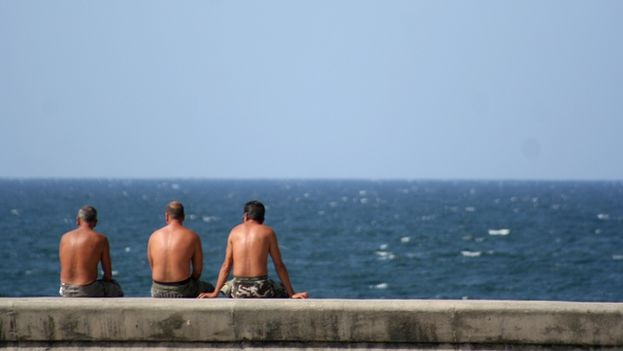
![]() 14ymedio, 21 September 2016 – Havana’s Malecon will become a Wifi zone before the end of 2016, according to an announcement from the Cuban Telecommunications Company (ETECSA). The coverage will be available, the company says, from the Prado to the entrance of the 5th Avenue tunnel, a distance of almost 5 miles.
14ymedio, 21 September 2016 – Havana’s Malecon will become a Wifi zone before the end of 2016, according to an announcement from the Cuban Telecommunications Company (ETECSA). The coverage will be available, the company says, from the Prado to the entrance of the 5th Avenue tunnel, a distance of almost 5 miles.
Eudes Monier Núñez, ETECSA’s head of the Department of Marketing and Communication for the Territorial Division, told the Cuban News Agency (ACN) that there is still no date for the start of the service, which will depend on “the progress of the installation, which will be complex due to the length of the most famous maritime promenade in Cuba.” However, the access points for mounting the new connection points have been identified, as has the technical equipment.
Monier Núñez said that the influx of people, especially young people who frequent the area, is one of the most important factors in making the decision to install this new internet access point.
Of the 30 Wifi zones planned for 2016, 17 have been installed. ETECSA says the rest will become available when the necessary equipment is available.
Iris Duran, company spokeswoman, said that all municipalities in Havana have at least one Wifi zone, and some of them, depending on their size and demographics, have up to five areas.
The most recent opened on 17 September with six new Wifi points in Marianao, Guanabo, Guanabacoa, Arroyo Naranjo, San Miguel del Padrón and El Cerro.
According to data from ETECSA, some 250,000 connections have been recorded at the 1,006 public Wifi access point in Cuba. Although the number of wireless access zones installed in parks and on centrally located avenues in some cities has tripled in 2016, the density of service remains very low for a population of about 11.1 million, with about one Wifi zone for every 11,000 people.
